The 1100 block of Hearst is the first block east of San Pablo Avenue. At San Pablo, it is anchored by what San Pablo used to be.
Here’s something you probably don’t know – Midas is an acronym for Muffler Installation Dealers’ Association Service. Nate Sherman opened the first Midas Muffler in Macon, Georgia in 1956. The name, of course, refers to King Midas of Greek mythology. The company slogan “Trust the Midas Touch” is a further allusion to the myth.
Auto Doctor! They say: “Our company policy is based on the belief that our customers’ needs are of the utmost importance. We are one of the oldest BUY HERE PAY HERE dealerships in the Bay Area. We have been around for over two decades providing quality used cars and service. We specialize in SPECIAL FINANCING. We provide people with BAD CREDIT or VERY LIMITED CREDIT a way to still fulfill their driving needs through our IN-HOUSE FINANCING PROGRAM. Our entire team is committed to meeting the needs of or customers. As a result of this, a high percentage of our business is from repeat customers and referrals.” Lots of upper case – YES!
What San Pablo used to be – funky, even a little bit seedy. Our Funky Boulevard. I believed that it would stay funky forever. I was almost certainly wrong. Dang!
 On the southeast corner – the Brazilian cultural center.
On the southeast corner – the Brazilian cultural center.
Brazilians are proud people, and the Casa de Cultura at 1901 San Pablo features a wonderful mural by Sylvia La rejoicing in the culture of Brazil. It is our space to discover and celebrate the diversity of the Brasilian experience.
Youngest daughter Charlotte and I watched Brazil’s men’s soccer team beat the Ivory Coast 3-1 in the 2010 World Cup on television here. It was perfect – cinder block walls, folding metal chairs, and a couple hundred Brazilians who were more than a little passionate about soccer and their national team.
Just north of the intersection of Hearst and San Pablo are two of my favorite San Pablo Avenue buildings.
At 1816 San Pablo is Nicholas Roofing. Charming, much? The Nicholas Roofing website tells us that it “was established in 1981 by Jimmy Cosenza, and he named the company after his 2-year-old son Nicholas. 25 years later, Nick began working alongside his father Jimmy at their shop at 1816 San Pablo Avenue. In 2016, Jimmy retired from roofing and Nick took over the company.”
Nate’s Green Garage is at 1809 San Pablo. Nathan “Nate” Hutchinson started the Hutchinson Electric Auto Repair here in 2010. It is now the Green Garage. Nate’s father works with Nate. They say that the two of them “have a unique relationship and understanding.” That could mean many things.
In the early 1980s, there was a ribs joint somewhere near here with a sign in the window – OPEN TILL CLOSED, CLOSED TILL OPEN. That sign was the earliest common ancestor of Quirky Berkeley. I think it might have been in this building. Whether it was in this building or not, it was a cool sign and this is a cool building.
Back to our story – at the east end of the block, Hearst jigs left to the north and then jogs right to the east.
At the deadened on Curtis is this. Brown shingle. Small. Farm house? Lovely.
On the south side of the block there are mostly apartment buildings.
The Marianne Apartments are THE BEST. Stucco, Spanish/Mediterranean style, and they are all studio apartments thus that rare thing in Berkeley – they are all affordable. Really truly affordable.
Several of the complexes are subsumed by Hearst Commons, which describes itself as “a Residential Community of mainly UC Grad Students, Post-docs, Professionals and Scientists.” Good people, no?
The block’s single-family homes are well kept up. They rock a modest and domestic vibe.
Colors!
The house at the northeast corner of the block is the response to the call of the little brown shingle at the Curtis Street dead-ends.
 .A brown shingle beauty – with little flourishes.
.A brown shingle beauty – with little flourishes.
And
This is a lovely block. There is value that doesn’t fit on a slide rule. Or a spreadsheet. Or beans to be counted.
I started this post with two photos of the bungalow court on the north side of the street.
Great gate, no? Part of the bungalow court.
It was built in 1926 by Peel & Pollard for owner William Stevens. Marcus Peel was a “somewhat prolific” Berkeley builder in the 1920s and 1930s according to BAHA archives. The single family residence was built in 1957.
I have a special place in my heart for bungalow courts. I find them hopelessly romantic and practical. They evoke for me images of the 1930s, of young and struggling actors and writers arriving in Hollywood, John Fante and Raymond Chandler and Nathaniel West – Day of the Locust – of Southern California back then, of dreams not yet shattered, of Dalton Trumbo and F. Scott Fitzgerald writing in movie studio bungalows, of noir – James Elroy and Black Dahlia etc.
Daniel Parolek describes himself as “a nationally recognized thought leader in architecture, design, and urban planning, specifically in terms of creating livable, sustainable communities and buildings that reinforce them.” He is all about form-based codes. In 2010 he coined the term “missing middle” to define a range of multi-unit or clustered housing types compatible in scale with single-family homes that help meet the growing demand for walkable urban living. Which is what the bungalow court is, along with being hopelessly romantic.
The bungalows on Hearst aren’t the best in Berkeley, but they are very good. They are part of the missing middle. They are affordable housing. They seem to fit the bill for what both sides in Berkeley’s development wars want.
What could possibly go wrong?
You. Have. Got. To. Be. Kidding.
Here’s what somebody wants to put where the arrow points:
Oh dear.
My friend was shocked when I showed him the renderings – “A proposal to destroy a charming little bungalow court and go high-price ‘contemporary infill village’ butt-ugly imitation-Emeryville-or-is-it-Pleasanton?” He was horrified.
The property now consists of six rent-controlled apartments (the bungalows) on one parcel and a single family home on another. Rents on the six bungalows are about $1100 a month. Cheap.
The project, named Hearst Gardens, proposes to merge the two parcels, rehabilitate the existing seven dwelling units, and construct 11 new condos. The resulting project would have seven buildings with 18 dwellings.
I am getting a vibe here.
Is it a Truman Show vibe?
Or maybe Levittown?
 I am really trying to avoid a rant here. I sense that I am failing.
I am really trying to avoid a rant here. I sense that I am failing.
The Hearst Gardens project is driven by Mark Rhoades, one of the several most controversial figures in Berkeley today. Between 1998 and August 2007, he served as City Planning Manager for the City of Berkeley. He left to work as a co-developer, which is a person who facilitates development.
I don’t know Mark Rhoades. I would like to.
He has one of the most carefully scrubbed presences on the web that I have ever seen (or not seen). You wouldn’t know he was such a knaker. I”m sure that Lisbeth Salander could find things but I can’t.
Whatever we think of Mr. Rhoades, Berkeley is changing.
Housing prices are rising. Once expensive houses are now very expensive. The median home value in Berkeley is $1,138,800. Ouch! Affordable is relative and hard to find.
The flats, once affordable, are being gentrified. We are losing economic diversity. We are losing our African-American population.
I don’t buy the myth of perpetual growth.
The University as a business is a big player. Imprudent decisions about spending on athletics have created a financial deficit that the University has addressed through over-enrollment, leading to a housing shortage. I don’t buy the myth of perpetual growth but nobody asked me.
The tech industry is a big player. Company buses illustrate the extent to which tech workers have been pushed to living in Berkeley.
Developers are radically transforming Telegraph, Shattuck, University, and San Pablo. Large buildings with no character are coming to dominate.
I really don’t see what good the proposed condos on Hearst do. Like almost all the new development in Berkeley, they lack any redeeming design value. Patrick Kennedy and David Trachtenberg are two developers who have a sense of aesthetic and John Gordon is superb, but most of what we are seeing is without charm.
Kenneth Stein, writer, disability rights advocate, historian, and lover of Berkeley, has assembled photos of new big buildings in Berkeley:
Are we seeing a pattern? And still to be presented is Parker Place on Shattuck, my vote for most butt-ugly atrocious.
The original caption on this reads: “Potted plants and occasional solar panels on balconies offer a small glimpse into how people live in North Korea.”
Parker Place, which is not pictured above, is reported to have a high vacancy rate and has drawn criticism because of an influx of Airbnb speculation that is squeezing out Berkeley renters.
What a collection of style, no? Move over Maybeck and Morgan and Wurster and Hudson – there’s a new gang in town. As Tom Wolfe said, it makes you wonder what designs were rejected. And it makes me wonder whether there really are people who are anxious to live in a city that looks like the evolving Berkeley.
I care about what the new looks like.
For example – proving that I can accept change – if Ken Sarachan actually builds something like this on the northeast corner of Telegraph and Haste I will rejoice.
Am I one of the people who Rhoades refers to as older people who don’t like change? It depends on the change. If change we must, can’t we leave well enough alone and when we change can’t we be a little more aesthetically discerning? Can’t we leave lower Hearst alone?
This is the Berkeley I love.
This is the Berkeley I fear – Pleasanton West.
Is this our fate? And speaking of Man’s Fate, Andre Malraux said “I don’t argue with my enemies; I explain to their children.” That is brilliant. I don’t know if it works here or not.
You wouldn’t guess it looking at him, but my friend is a ferocious reader in many areas, including theology. After looking through the draft post, he took off the reading glasses that he insists he doesn’t need and said, “The Catholic church that Luther rebelled against was all about selling plenary indulgences – certificates believed to reduce the temporal punishment in purgatory for sins committed by the purchasers or their loved ones. Kinda like the mitigation fees developers pay, no?”
Interesting point. He made the rounds of the working class bars on San Pablo last week The Missouri Lounge, The Ivy Room, The Mallard, The Hotsy-Totsy, and The Blue Moon. He mourns the loss of The It Club and Sam’s 58. On that tour he got a first-hand whiff of what is happening on San Pablo Avenue. He is worried. So am I.
What about the post? What about this eulogy for a good little block?




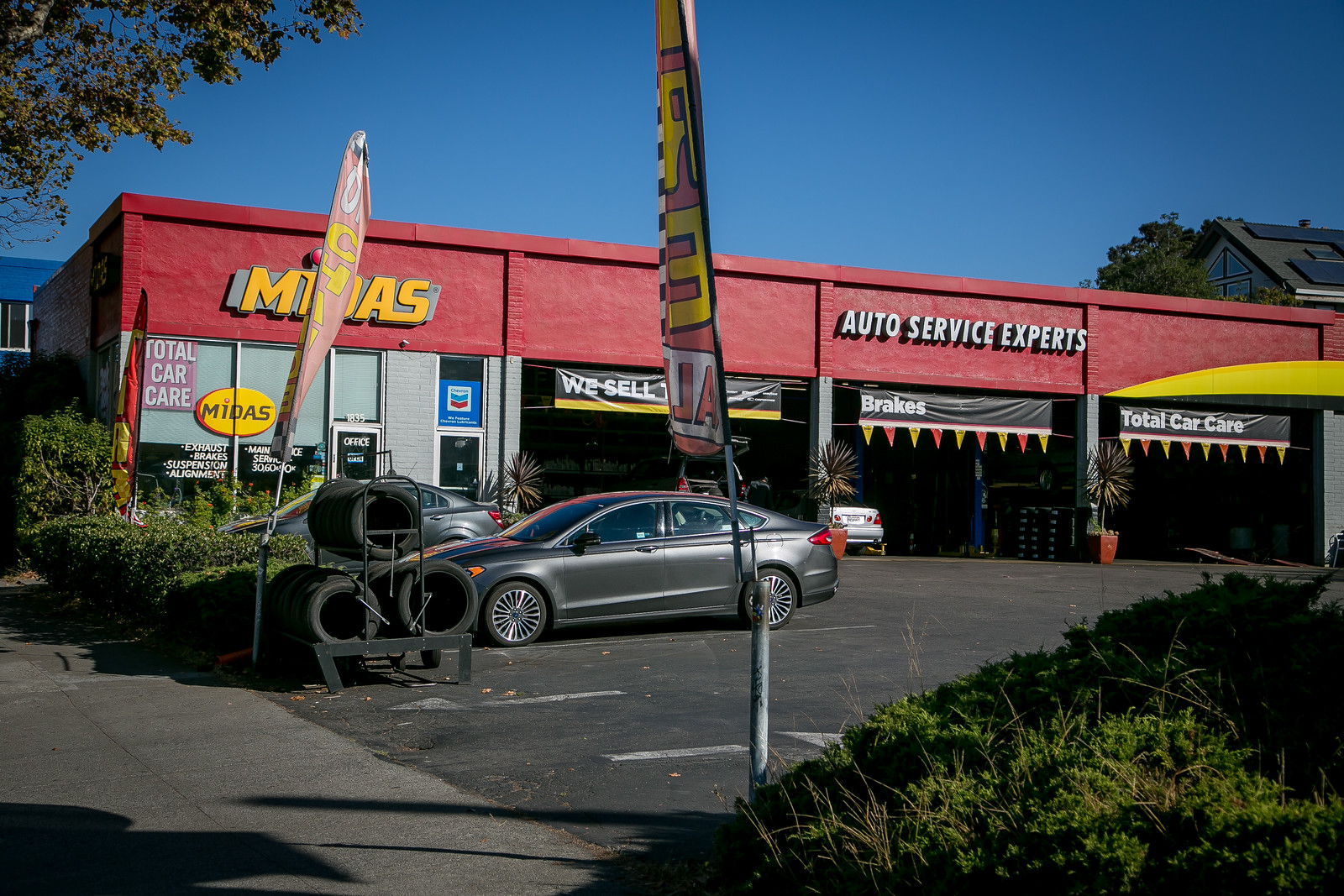











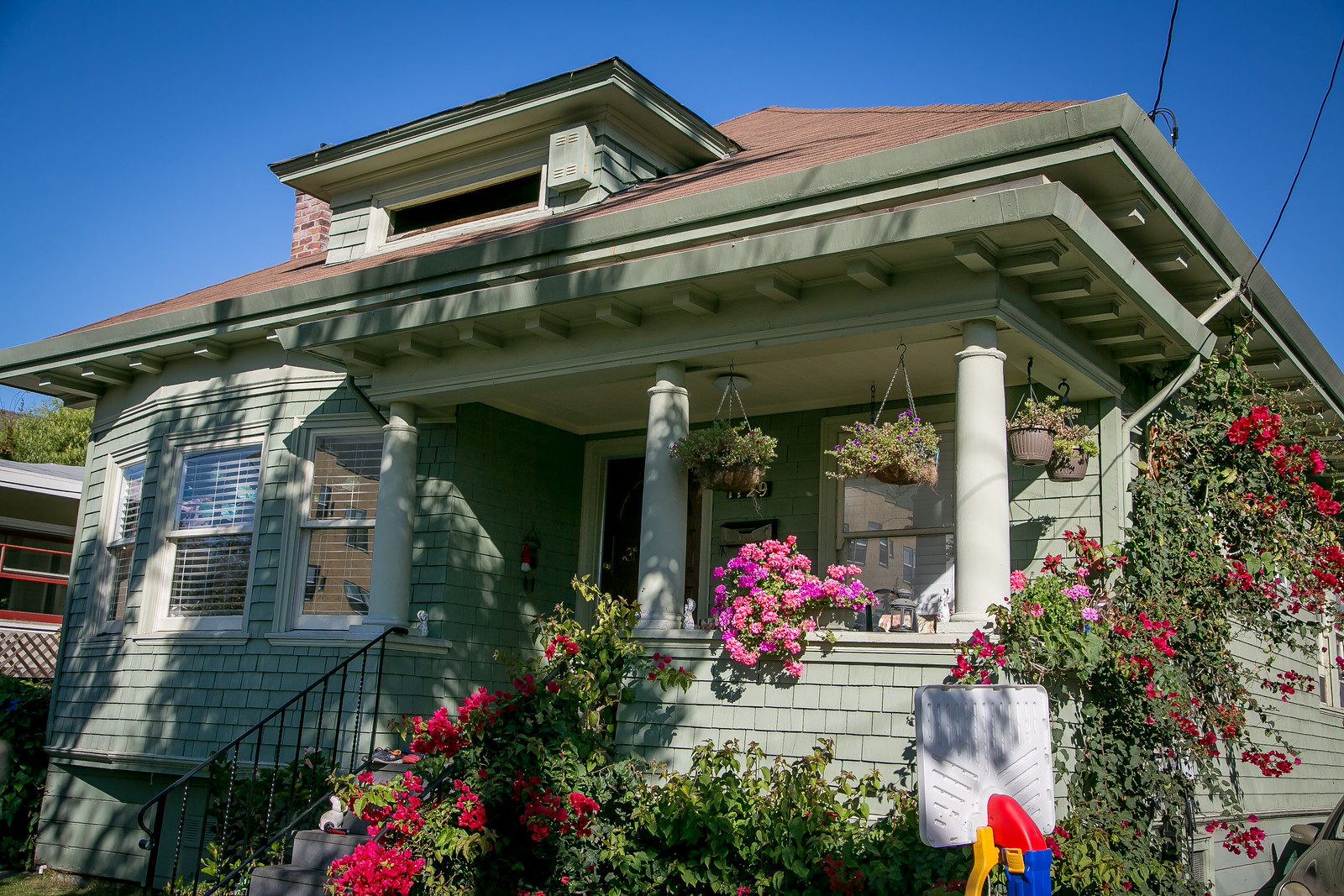
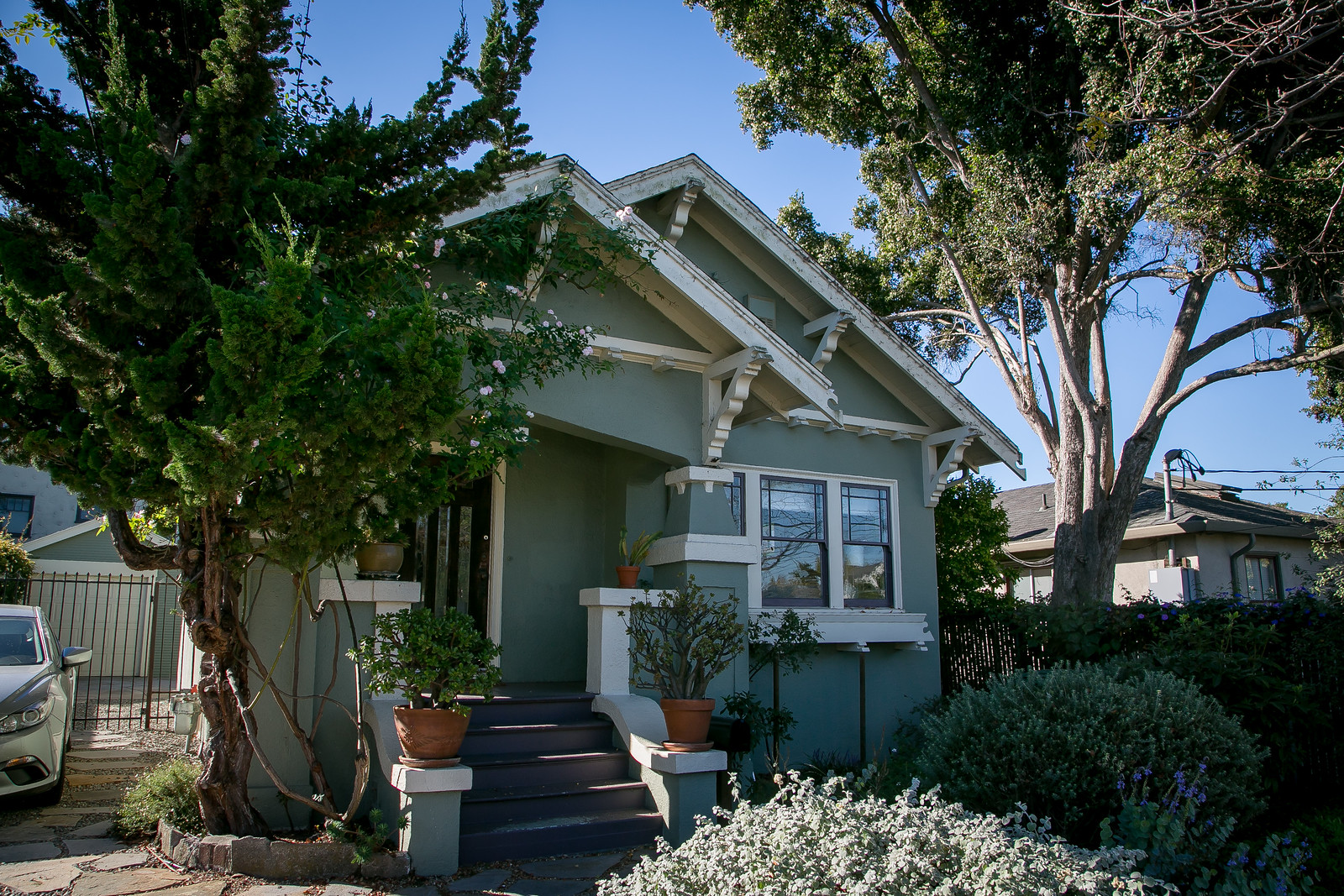





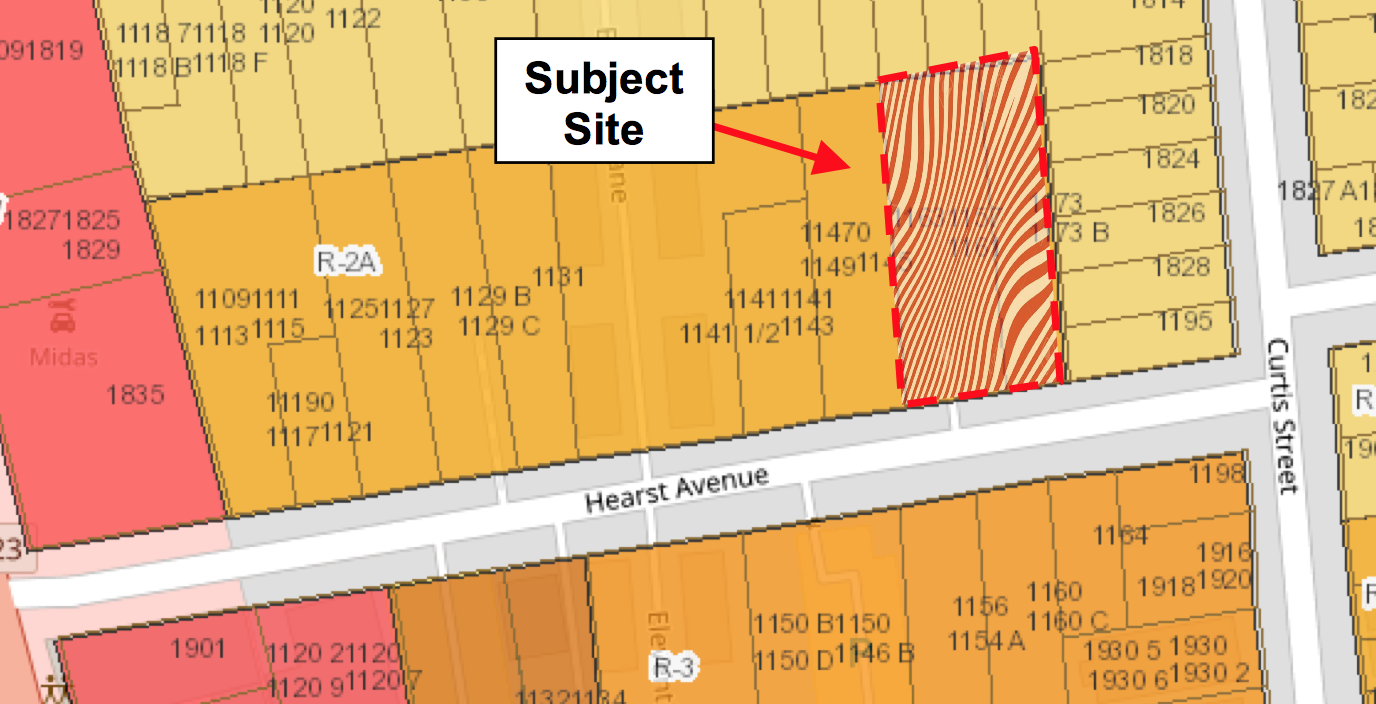



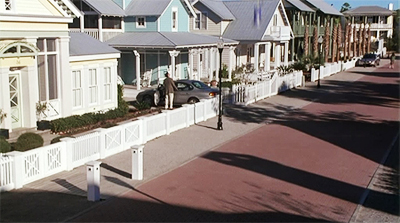









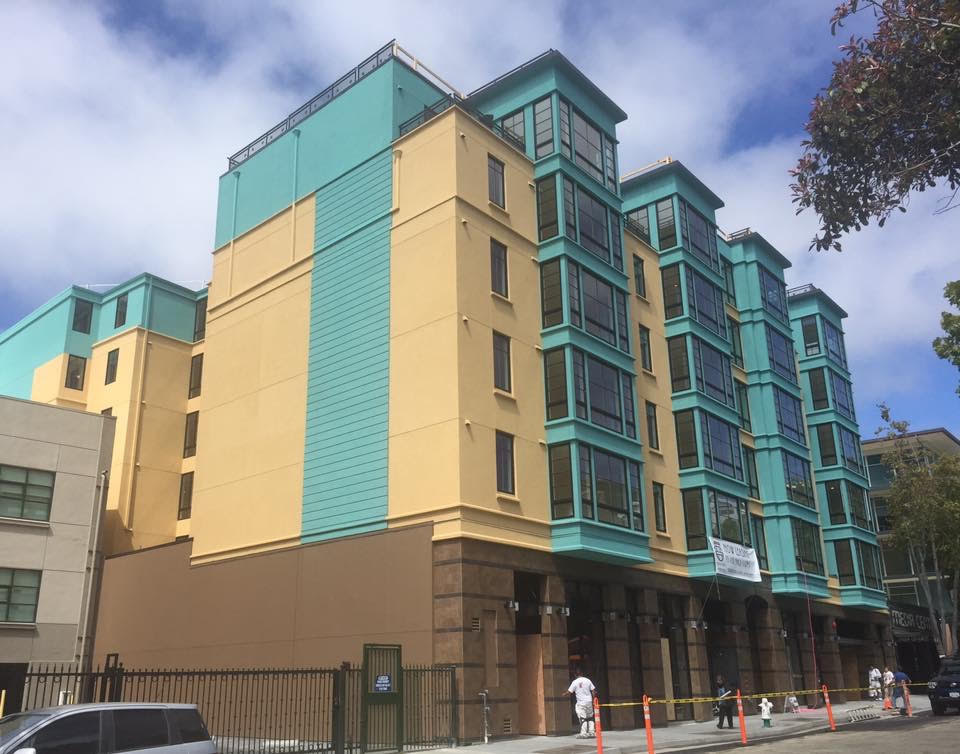


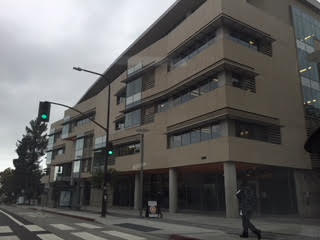







Well put Tom, My sentiments exactly !
Thanks for your coverage of sites along San Pablo as well as affordable housing along Hearst. FYI Mark Rhodes is also developer in charge of huge, ugly project to be built on site of Spenger’s Parking lot. His Walnut Creek group of architects do not have much familiarity with Berkeley’s historic styles. The land sits atop historic Shellmound and possible burial sites. It will overshadow low scale of current 4th st. Shops. He is also responsible for monstrosity at 2211 Harold Way in downtown Berkeley, soon to be 18 story behemoth that will tie up downtown for 3 years with construction mess.